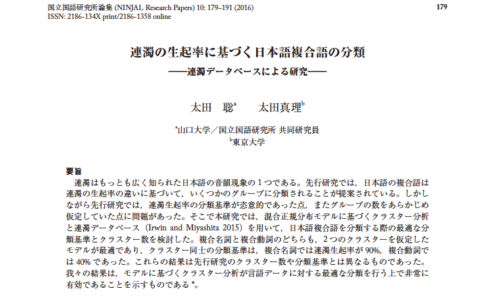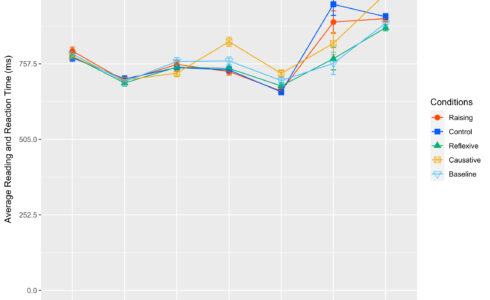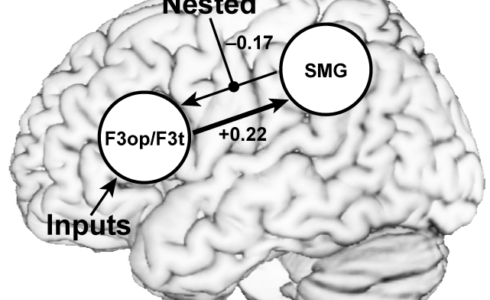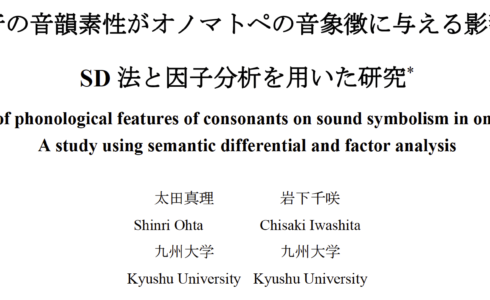Ohta et al. (2013b) Frontiers in Behavioral Neuroscience
Ohta, S., Fukui, N., & Sakai, K. L., “Computational principles of syntax in the regions specialized for language: Integrating theoretical linguistics and functional neuroimaging,” Frontiers in Behavioral Neuroscience, 7, 204, 2013. doi: 10.3389/fnbeh.2013.00204
Abstract: The nature of computational principles of syntax remains to be elucidated. One promising approach to this problem would be to construct formal and abstract linguistic models that parametrically predict the activation modulations in the regions specialized for linguistic processes. In this article, we review recent advances in theoretical linguistics and functional neuroimaging in the following respects. First, we introduce the two fundamental linguistic operations: Merge (which combines two words or phrases to form a larger structure) and Search (which searches and establishes a syntactic relation of two words or phrases). We also illustrate certain universal properties of human language, and present hypotheses regarding how sentence structures are processed in the brain. Hypothesis I is that the Degree of Merger (DoM), i.e., the maximum depth of merged subtrees within a given domain, is a key computational concept to properly measure the complexity of tree structures. Hypothesis II is that the basic frame of the syntactic structure of a given linguistic expression is determined essentially by functional elements, which trigger Merge and Search. We then present our recent functional magnetic resonance imaging experiment, demonstrating that the DoM is indeed a key syntactic factor that accounts for syntax-selective activations in the left inferior frontal gyrus and supramarginal gyrus. Hypothesis III is that the DoM domain changes dynamically in accordance with iterative Merge applications, the Search distances, and/or task requirements. We confirm that the DoM accounts for activations in various sentence types. Hypothesis III successfully explains activation differences between object- and subject-relative clauses, as well as activations during explicit syntactic judgment tasks. A future research on the computational principles of syntax will further deepen our understanding of uniquely human mental faculties.







